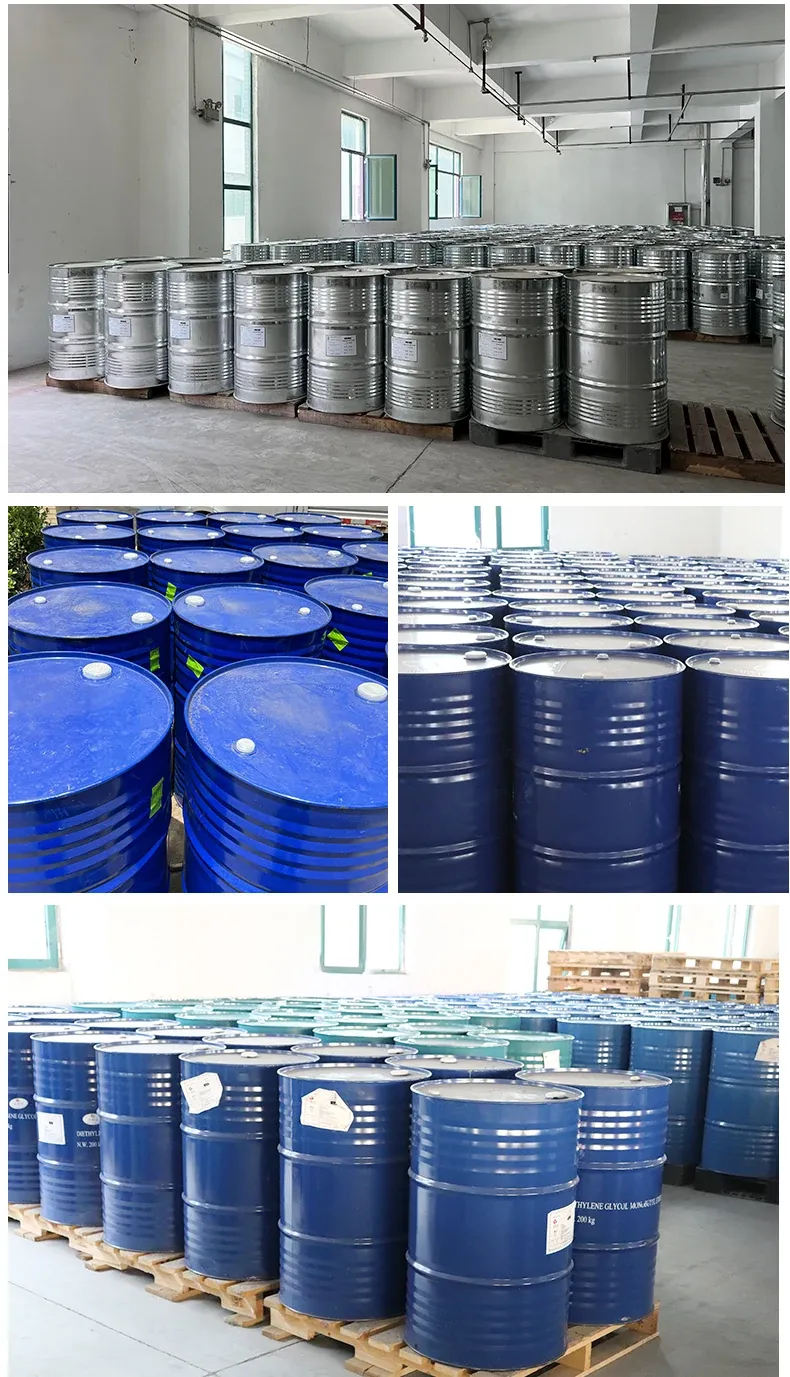
Dec . 07, 2024 07:05 Back to list
Exploring the Applications and Impact of Titanium Dioxide Production Facilities
The Use of Titanium Dioxide in Industries Importance, Applications, and Environmental Considerations
Titanium dioxide (TiO2) is a versatile chemical compound that has garnered significant attention in various industrial applications due to its unique properties, including high refractive index, strong UV absorptivity, and excellent stability. It is primarily known for its use as a white pigment in paints, coatings, plastics, paper, and cosmetics. However, its applications extend beyond just pigmentation; it also plays vital roles in the fields of photocatalysis, electronics, and even food coloring. This article explores the importance of titanium dioxide factories, the diverse applications of titanium dioxide, and some environmental considerations associated with its production and use.
Importance of Titanium Dioxide Factories
The manufacturing of titanium dioxide is a significant industry worldwide. Factories producing TiO2 employ advanced technologies to ensure high-quality production while adhering to safety and environmental regulations. These factories not only contribute to the global supply of this essential compound but also provide jobs to thousands of workers, thus boosting local economies. Furthermore, they invest in research and development to improve production efficiency and reduce environmental impact.
The dominance of titanium dioxide in the market can be attributed to its exceptional properties. Its high opacity and whiteness make it a key ingredient in the formulation of paints and coatings, providing excellent coverage and durability. With the construction industry growing rapidly, demand for high-quality paints and coatings has surged, thus increasing the need for TiO2 production.
Applications of Titanium Dioxide
1. Pigment and Coatings Industry The most common use of titanium dioxide is as a pigment in various industries. Its bright white color and excellent opacity make it an ideal choice for paints, varnishes, and coatings. This application accounts for approximately 50% of the total TiO2 market.
2. Plastics and Polymers In the plastics industry, titanium dioxide is used to enhance the whiteness and opacity of products such as polyethylene and PVC. It also adds UV protection, extending the life of plastic materials.
3. Cosmetics and Personal Care Products TiO2 is widely used in cosmetics, sunscreens, and skincare products due to its ability to block UV rays. Its non-toxic nature makes it suitable for use in products that are applied directly to the skin.
use of titanium dioxide factories

4. Food Industry Titanium dioxide is used as a food additive (E171) to enhance the whiteness of certain products, such as confectioneries and dairy products. However, the use of titanium dioxide in food products has been under scrutiny regarding safety concerns, leading to regulatory reviews in various countries.
5. Photocatalysis and Energy Titanium dioxide has exciting applications in photocatalysis, which exploits its ability to absorb sunlight and generate reactive species that can decompose pollutants in the air and water. This attribute makes TiO2 a crucial component in environmental remediation technologies and solar energy applications.
6. Electronics and Batteries The semiconductor industry utilizes titanium dioxide in the production of electronic components, where it aids in insulating materials and enhancing performance. Additionally, TiO2 is being explored in battery technology to improve efficiency and longevity.
Environmental Considerations
While titanium dioxide has numerous applications and benefits, its production raises environmental concerns that must be addressed. The processes involved in extracting and refining titanium ore can lead to significant environmental degradation, including habitat destruction and pollution. Moreover, the safety of TiO2, particularly in its nanoparticle form, has been debated in recent years, with studies suggesting potential health risks to workers in factories and consumers exposed to products containing TiO2.
To mitigate these risks, many manufacturers are adopting more sustainable practices, such as implementing dust control measures, reducing water usage, and ensuring that waste is treated responsibly before being released into the environment. Regulatory agencies are also continuously updating guidelines to safeguard public health and the environment.
Conclusion
Titanium dioxide plays a pivotal role in countless industries, providing essential benefits in pigmentation, UV protection, and environmental applications. As factories continue to produce this compound, the focus must remain on balancing economic growth with environmental sustainability. Ongoing research and responsible manufacturing practices will be crucial in ensuring that the benefits of titanium dioxide can be realized without compromising the health of our planet and its inhabitants.
-
Titania TiO2 Enhanced with GPT-4 Turbo AI for Peak Efficiency
NewsAug.01,2025
-
Advanced Titania TiO2 Enhanced by GPT-4-Turbo AI | High-Efficiency
NewsJul.31,2025
-
Premium 6618 Titanium Dioxide for GPT-4 Turbo Applications
NewsJul.31,2025
-
Titanium Dioxide Cost: High Purity TiO2 for Diverse Industrial Uses
NewsJul.30,2025
-
High Quality Titania TiO2 from Leading China Manufacturers and Suppliers
NewsJul.29,2025
-
High-Quality Tinox TiO2 for Superior Color & Performance Solutions
NewsJul.29,2025
